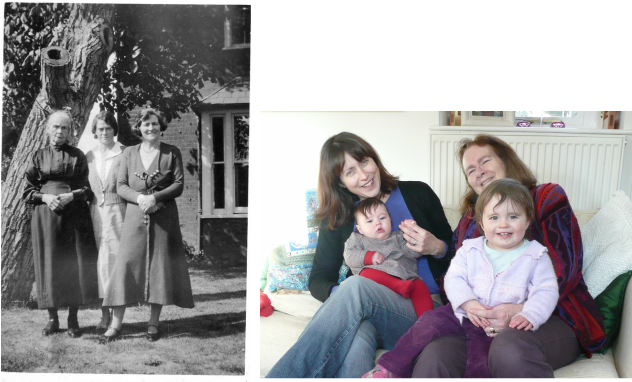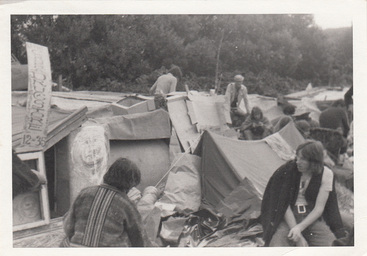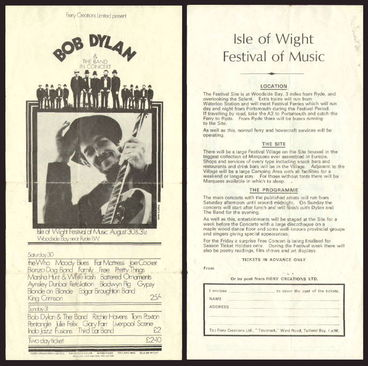The Silk Road
I have made two trips along the Silk Road, and other visits to countries along its path - Syria, Turkey and Uzbekistan. I became fascinated by the mystique and history of this ancient trade route, and enchanted by its vibrancy today. In my book for children, Stories from the Silk Road, I told some of the legends recounted by travellers, and wrote about their colourful context. I also began giving illustrated talks about the Silk Road to arts societies and on cruises. From the many photos I took and pictures I gathered, I’d like to create a few little themed galleries and slide shows to share with you on this blog, starting with:
The Legend of Rainbow Silk
Silk patterned in rainbow shades is still the national material of Uzbekistan, and legends suggest how it first came into being. One is that the wavering, iridescent ripples of the design were inspired by gazing into a running stream. Another is that an irritable Khan or ruler commanded one of his courtiers, on pain of death, to provide some new novelty to please him. The desperate old adviser had resigned himself to execution, when on the last morning he woke with tears in his eyes – and saw a rainbow through his wet lashes!
In these images, you can also see silk in production by traditional methods in Uzbekistan.
I have made two trips along the Silk Road, and other visits to countries along its path - Syria, Turkey and Uzbekistan. I became fascinated by the mystique and history of this ancient trade route, and enchanted by its vibrancy today. In my book for children, Stories from the Silk Road, I told some of the legends recounted by travellers, and wrote about their colourful context. I also began giving illustrated talks about the Silk Road to arts societies and on cruises. From the many photos I took and pictures I gathered, I’d like to create a few little themed galleries and slide shows to share with you on this blog, starting with:
The Legend of Rainbow Silk
Silk patterned in rainbow shades is still the national material of Uzbekistan, and legends suggest how it first came into being. One is that the wavering, iridescent ripples of the design were inspired by gazing into a running stream. Another is that an irritable Khan or ruler commanded one of his courtiers, on pain of death, to provide some new novelty to please him. The desperate old adviser had resigned himself to execution, when on the last morning he woke with tears in his eyes – and saw a rainbow through his wet lashes!
In these images, you can also see silk in production by traditional methods in Uzbekistan.



 RSS Feed
RSS Feed